Freedom Shield
The freedom of assembly is widely considered to be a basic human right and is codified in documents such as the First Amendment to the US Constitution and the Universal Declaration of Human Rights. However, there are many places in the world where this right is not respected.
We are living in a time where surveillance cameras, with the ability to uniquely identify individuals through machine learning algorithms, are exceedingly common. Such cameras can be used to deter people from exercising their rights.
Freedom Shield was developed to protect the rights of individuals to peaceably assemble and petition their government while:
- Blocking their face from surveillance cameras to prevent identification.
- Being invisible to onlookers, so as to not draw attention from state police forces in the way a mask would.
The device described here can be built for a few dollars in parts, and with little skill required, making it widely accessible.
How it Works
Freedom Shield uses 940nm infrared (IR) LEDs embedded in clothing (e.g. hats, glasses, headphones, etc.) to overwhelm the photodiodes in cameras sensitive to IR radiation. Many surveillance cameras are sensitive to IR radiation to enable night vision via detection of reflected or emitted IR sources. However, IR is outside of the spectrum of radiation visible to humans, which extends to ~740nm, rendering the light invisible.
Media
YouTube Video: https://www.youtube.com/watch?v=mRwF_LFY0IU
Schematic
Note: Voltage and resistor value are dependent on choice of LEDs (in particular, the forward voltage and forward current).
Bill of Materials
- 940nm LEDs
- Resistors of an appropriate value for chosen LEDs and voltage source
- Miscellaneous wire
- Battery pack
- Articles of clothing to embed LEDs (hat, glasses)
Future Direction
Rather than large through-hole LEDs, I'd like to use smaller SMD LEDs, which can then be fully embedded in the fabric. This would render the device fully invisible.
About the Author
 Nick Bild
Nick Bild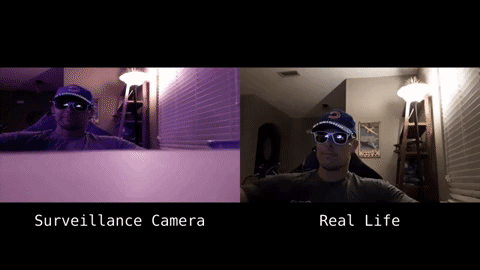
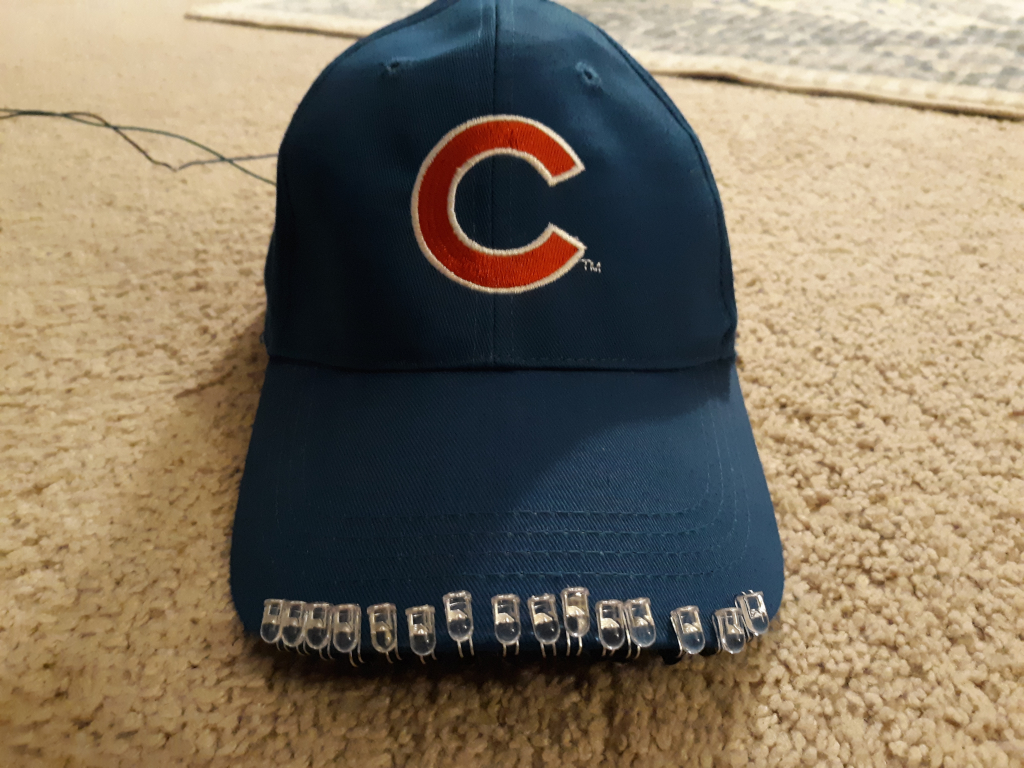





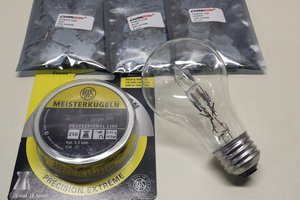
 Ted Yapo
Ted Yapo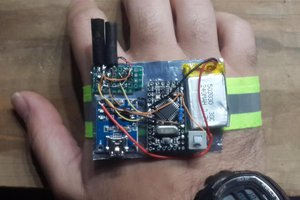
 Shervin Emami
Shervin Emami
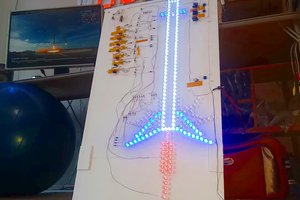
 lion mclionhead
lion mclionhead
Onya Nick - this is a step in the right direction.
Problem! Wearing sunglasses indoors or at night will attract unwanted attention as will wearing a hat in some locations. I like Dan's idea of incorporating the LED's into nondescript items such as necklaces and spectacles. Perhaps the lateral thinkers out there could come up with a list?
A second problem! While this technique would be effective against automatic surveillance which is not monitored in real time, a flaring face would act as a lighthouse in real-time monitored installations and bring the jackboots at speed.
One important thing is to disrupt the facial recognition points that AI uses. If possible, targeting the primary AI points could reduce the number of LEDs, make the apparatus less conspicuous and less likely to attract bright-spot attention from monitored systems.
I am sure that the clever-clogs out there can mature this concept into something discreet, effective and ubiquitous.